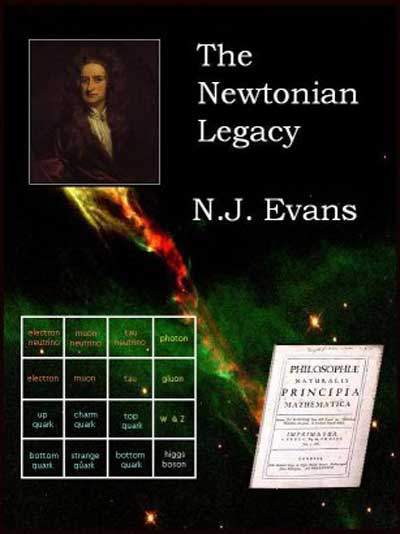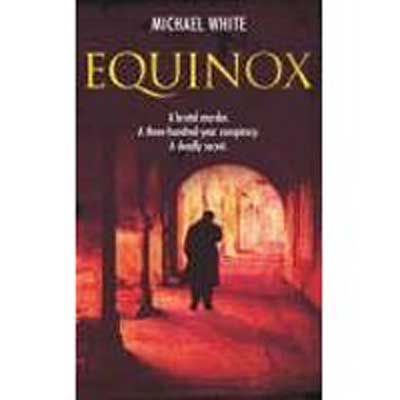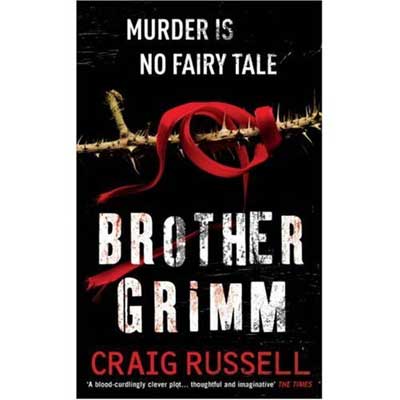The
problem with criticizing others is that you have to apply the same
standards to your own work. So, as of this afternoon, I do agree with
all those who said so before : my book is completely unreadable and
should either be dumped or entirely rewritten!
Here’s what happened :
Last week I did receive the contract to publish _noncommutative
geometry@n_ in a reputable series. One tiny point though, the editors
felt that the title was somewhat awkward and would stand out with
respect to the other books in the series, so they proposed as an
alternative title _Noncommutative Geometry_. A tall order, I thought,
but then, if others are publishing books with such a title why
shouldn’t I do the same?
The later chapters are quite general, anyway,
and if I would just spice them up a little adding recent material it
might even improve the book. So, rewriting two chapters and perhaps
adding another “motivational chapter” aimed at physicists… should
be doable in a month, or two at the latest which would fit in nicely
with the date the final manuscript is due.
This week, I got myself once
again in writing mode : painfully drafting new sections at a pace of 5
to 6 pages a day. Everything was going well. Today I wanted to finish
the section on the “one quiver to rule them all”-trick and was
already mentally planning the next section in which I would give details
for groups like $PSL_2(\mathbb{Z}) $ and $GL_2(\mathbb{Z}) $, all I
needed was to type in a version of the proof of the last proposition.
The proof uses a standard argument, which clearly should be in the book
so I had to give the correct reference and started browsing through the
print-out of the latest version (about 600 pages long..) but… _I
could not find it!???_ And, it was not just some minor technical lemma,
but a result which is crucial to the book’s message (for the few who
want to know, the result is the construction and properties of the local
quiver at a semi-simple representation of a Quillen-smooth algebra). Of
course, there is a much more general result contained in the book, but
you have to be me (or have to be drilled by me) to see the connection…
Not good at all! I’d better sleep on this before taking further
steps


